Macau was a former Portuguese colony and the last vestige of that country's empire. However, Portugal couldn't even give Macau away, something it tried to do after the fall of its dictatorship in the mid-1970s; China did not accept the offer of return until 1999 after Hong Kong was returned to Chinese control, by which time Macau was somewhat of a neglected backwater. Macau is now a boomtown and like Hong Kong is treated as a S.A.R. (special administrative region) under a "one country, two systems" policy.
One of Macau's superlative is that it is served by the world's fastest catamaran hydrofoil ferries which travel back and forth to Hong Kong as frequently as every 10 minutes during busy times for the 45 minute 60 Km ride
. The ferry terminals on both sides resemble the international arrivals of major airports in which you must go through customs and immigration to get a separate passport stamp as if it were an entirely different country. The Hong Kong dollar is accepted nearly everywhere at parity with local currency named the Pataca, but I still managed to come by a few coins for my collection. It is also funny to still see all signs in Macau in Portuguese, the language of its former colonial power but one now spoken by few of its residents or visitors.
If Hong Kong's motto is "Shopping is Everything", Macau's must be "You Must Play to Win" because it's become the Las Vegas of Asia with Macau's gambling earnings now surpassing those of Las Vegas. Gambling was permitted in Macau under the Portuguese and over the last several years the Chinese authorities have allowed American gaming companies to open casinos, breaking the local monopolist's control over the industry. The recently opened Sands Macau now claims the world's largest casino while the Venetian Macau was about to open later during the month of my visit on Taipa Island, just one of several mammoth hotel casino projects under construction
. In a true Vegas style a large pedestrian shopping complex is under construction on reclaimed land near the ferry terminal and Sands Casino with different streets in architectural styles copied from cities around the world - Venice, Amsterdam, Ancient Rome, Salvador, New Orleans, Miami Beach, Lhasa, and Beijing. I may dislike shopping but do occasionally dabble in it; the closest I come to gambling, though, is wandering across the casino floor to watch other people lose their money.
I expected Macau to be an elegant European style city with largely Portuguese architecture, but barring a few beautiful churches and historic monuments like forts, homes, and barracks around the city center, Macau is a very densely packed and thoroughly Chinese city, some of it a bit old and shabby but much of it modern in the new style of most Chinese cities. The historical relics of Portuguese rule are what get Macau its UNESCO World Heritage listing, the most famous of which are the ruins of Sao Paolo Cathedral, once the most important Christian monument in East Asia and the neighboring Fortaleza do Monte which also houses the Macau Historical Museum
. I thought the prettiest place was the city's old central square named Largo do Senado.
Macanese food is completely different from other food in China, mostly Portuguese with a mix of influences from Portugal's other colonies like Malacca, Goa, Africa, and Brazil. As well as different flavors, Macanese cooking uses more European styles of preparation such as grilling, stewing, and roasting, rather than Chinese forms like stir-frying and steaming. One local speciality that has caught on throughout China is Macanese custard tarts, available at every KFC and McDonalds from Beijing to Hong Kong.
I would have only two meals in Macau, so I decided to choose very carefully. For lunch I chose Solmar, a very traditional local restaurant where I had African Chicken, supposedly the most typical Macanese dish. The very large half chicken was stewed in a delicious spicy, peppery sauce with tomato, garlic, chili, and cilantro, an almost Caribbean mix of flavors that was most definitely neither Chinese nor Portuguese. For dinner I splurged at a very Portuguese restaurant named A Lorcha on Caldo Verde (Portuguese kale, potatoe and chorizo soup), Portuguese Style Clams (flavored with garlic, wine, and chorizo), Pasteis de Bacalhao (deep-fried salt cod fritters), and a Macanese take on Seafood Paella.
Macau, China
Wednesday, August 08, 2007
 Macau, China
Macau, China
Other Entries
-
73Tianjin, China
Jul 1128 days prior Tianjin, Chinaphoto_camera49videocam 0comment 0
Tianjin, Chinaphoto_camera49videocam 0comment 0 -
74Tai Shan Mountain, China
Jul 1326 days prior Tai'an, Chinaphoto_camera89videocam 0comment 0
Tai'an, Chinaphoto_camera89videocam 0comment 0 -
75Qufu, China
Jul 1425 days prior Qufu, Chinaphoto_camera52videocam 0comment 0
Qufu, Chinaphoto_camera52videocam 0comment 0 -
76Nanjing, China
Jul 1623 days prior Nanjing, Chinaphoto_camera148videocam 0comment 0
Nanjing, Chinaphoto_camera148videocam 0comment 0 -
77Suzhou, China
Jul 1821 days prior Suzhou, Chinaphoto_camera72videocam 0comment 0
Suzhou, Chinaphoto_camera72videocam 0comment 0 -
78Tongli, China
Jul 1920 days prior Tongli, Chinaphoto_camera64videocam 0comment 0
Tongli, Chinaphoto_camera64videocam 0comment 0 -
79Shanghai, China
Jul 2118 days prior Shanghai, Chinaphoto_camera163videocam 0comment 0
Shanghai, Chinaphoto_camera163videocam 0comment 0 -
80Shanghai - Huangpu Cruise and the Bund
Jul 2217 days prior Shanghai, Chinaphoto_camera125videocam 0comment 0
Shanghai, Chinaphoto_camera125videocam 0comment 0 -
81Shanghai - Pudong Future World
Jul 2316 days prior Pudong, Chinaphoto_camera165videocam 0comment 0
Pudong, Chinaphoto_camera165videocam 0comment 0 -
82Shanghai to Hangzhou - Eastern Chinese Food
Jul 2415 days prior Shanghai, Chinaphoto_camera27videocam 0comment 0
Shanghai, Chinaphoto_camera27videocam 0comment 0 -
83Putuo Shan, China
Jul 2712 days prior Putuoshan, Chinaphoto_camera152videocam 0comment 1
Putuoshan, Chinaphoto_camera152videocam 0comment 1 -
84Ningbo, China
Jul 2811 days prior Ningbo, Chinaphoto_camera13videocam 0comment 1
Ningbo, Chinaphoto_camera13videocam 0comment 1 -
85Hangzhou, China - Part I
Jul 309 days prior Hangzhou, Chinaphoto_camera151videocam 0comment 0
Hangzhou, Chinaphoto_camera151videocam 0comment 0 -
86Hangzhou, China - Part II
Aug 017 days prior Hangzhou, Chinaphoto_camera79videocam 0comment 0
Hangzhou, Chinaphoto_camera79videocam 0comment 0 -
87Hong Kong, China
Aug 035 days prior Hong Kong, Chinaphoto_camera245videocam 0comment 0
Hong Kong, Chinaphoto_camera245videocam 0comment 0 -
88Hong Kong's Victoria Peak
Aug 044 days prior Hong Kong, Chinaphoto_camera59videocam 0comment 0
Hong Kong, Chinaphoto_camera59videocam 0comment 0 -
89Sunday on Hong Kong Island's South Shore
Aug 053 days prior Hong Kong, Chinaphoto_camera48videocam 0comment 0
Hong Kong, Chinaphoto_camera48videocam 0comment 0 -
90Markets of Hong Kong
Aug 062 days prior Hong Kong, Chinaphoto_camera21videocam 0comment 0
Hong Kong, Chinaphoto_camera21videocam 0comment 0 -
91Lantau Island, Hong Kong, China
Aug 071 day prior Lantau, Chinaphoto_camera123videocam 0comment 0
Lantau, Chinaphoto_camera123videocam 0comment 0 -
92Macau, China
Aug 08 Macau, Chinaphoto_camera102videocam 0comment 0
Macau, Chinaphoto_camera102videocam 0comment 0

 Macau, China
Macau, China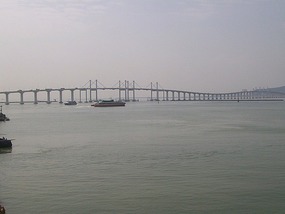
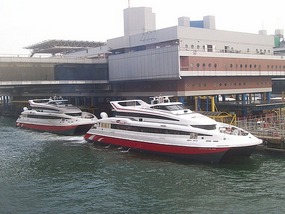
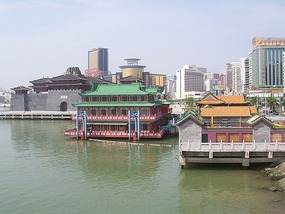

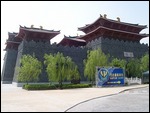
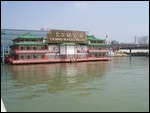
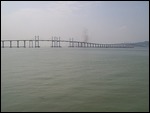
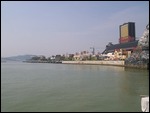
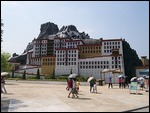
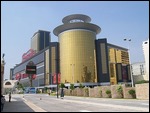
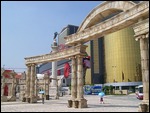
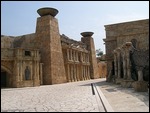
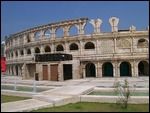
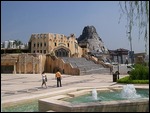
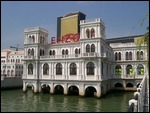
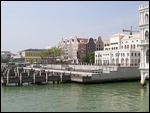
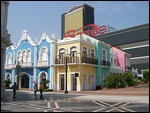
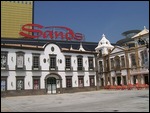
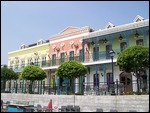
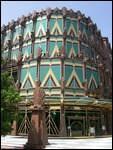
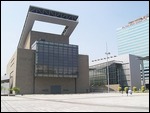
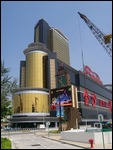
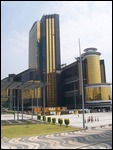
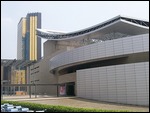
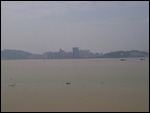
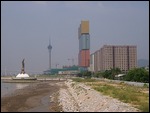
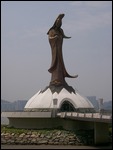
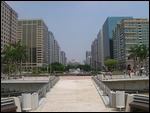
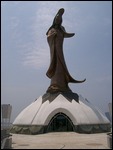
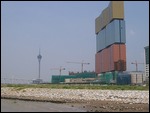
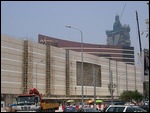
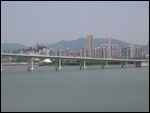
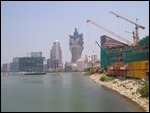
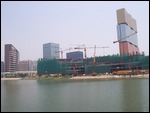
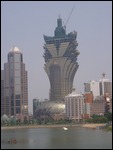
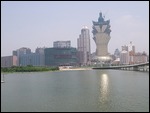
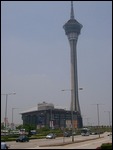
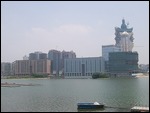
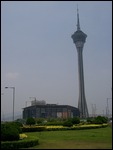
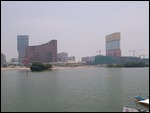
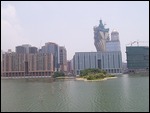
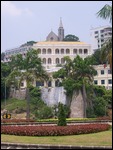
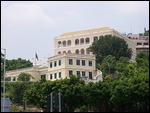
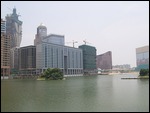
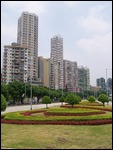

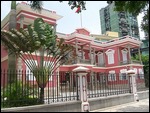
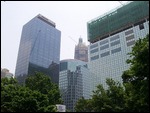

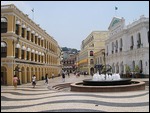
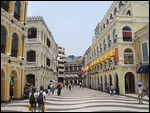

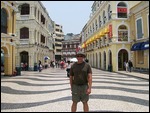
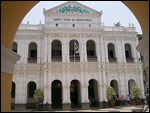
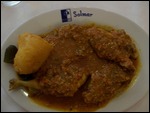
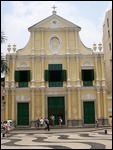
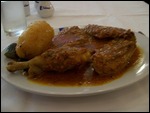
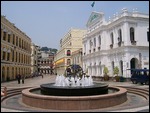

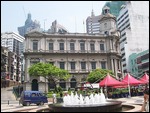
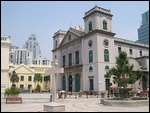
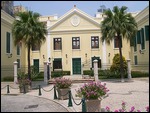

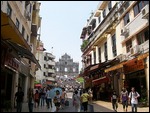
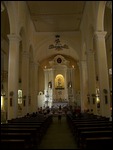
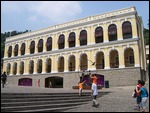
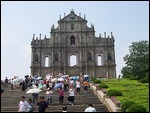
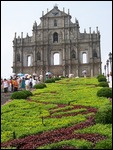

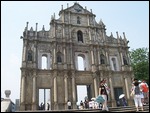
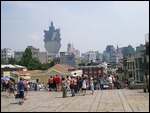
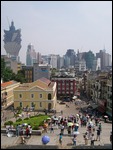
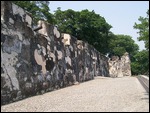
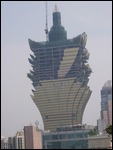
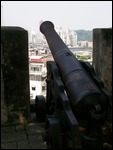


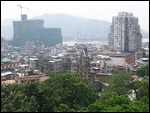
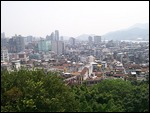
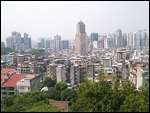
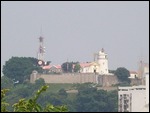
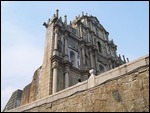
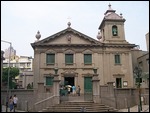
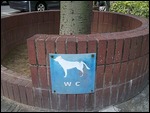
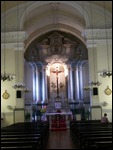
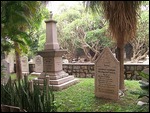
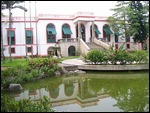
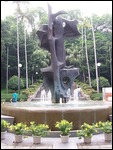
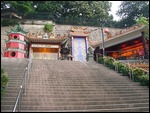
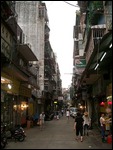
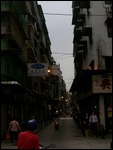
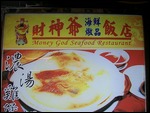
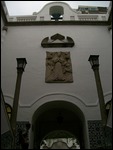
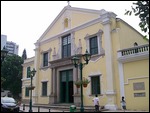
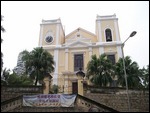
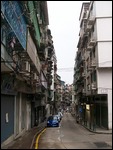
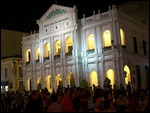

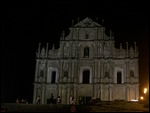
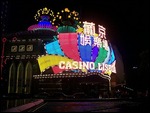
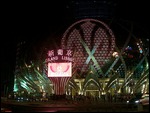
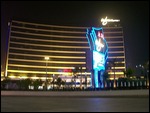
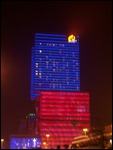
2025-05-23